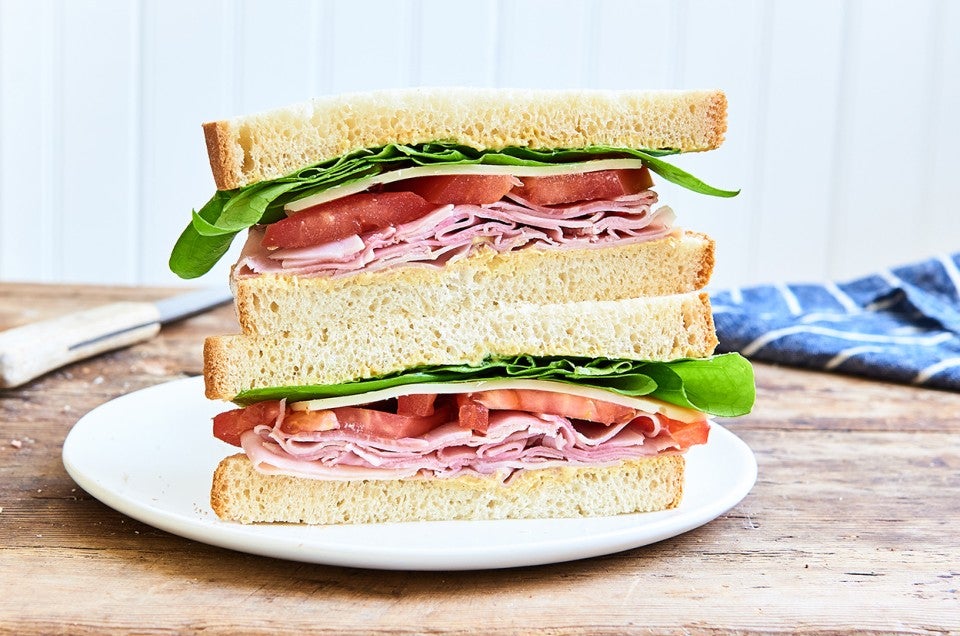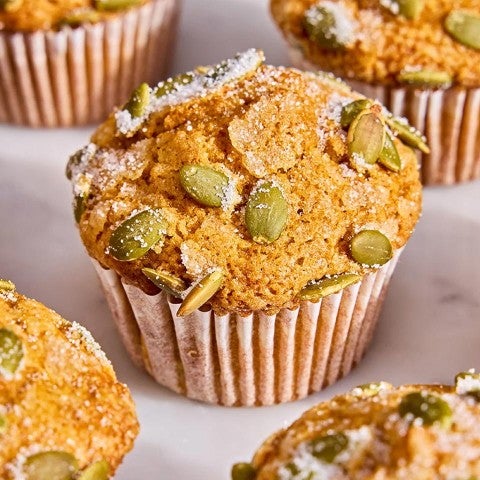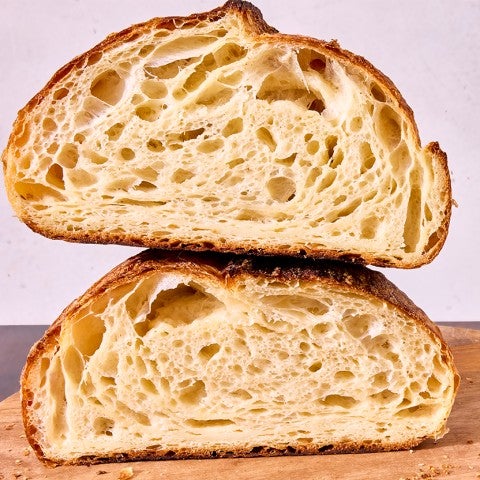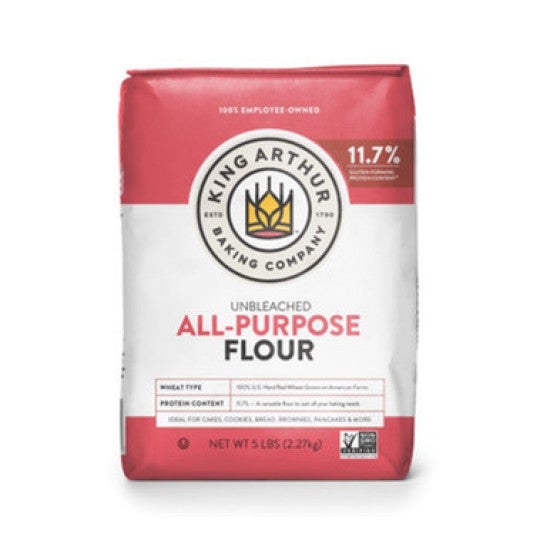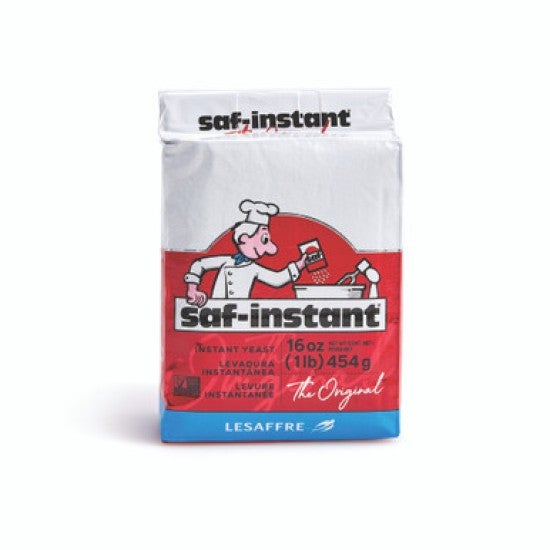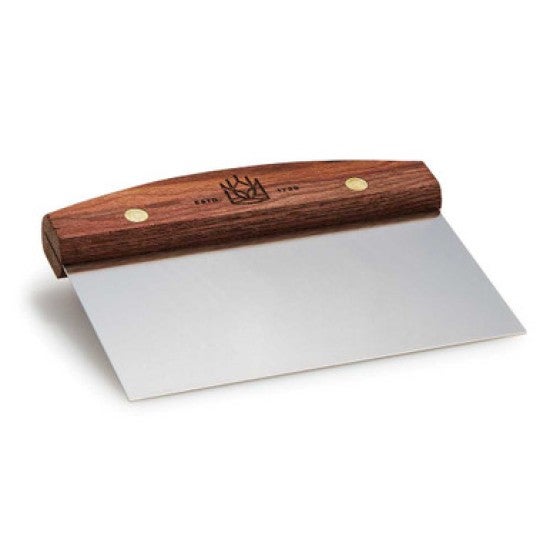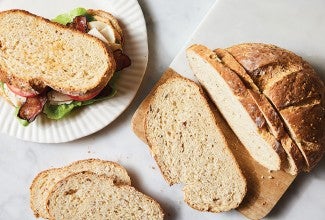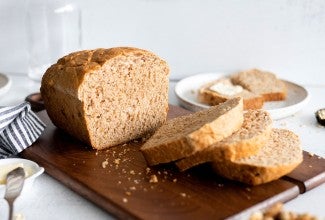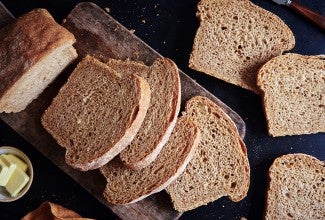Classic Sandwich Bread
Made with all of the ingredients that make homemade white bread superior to storebought — butter, milk, and high-quality flour — this sandwich bread recipe is our version of a classic, perfected. The soft and tender interior makes this loaf ideal for sandwiches, toast, or even French toast. It's a timeless recipe you'll come back to time and time again.
